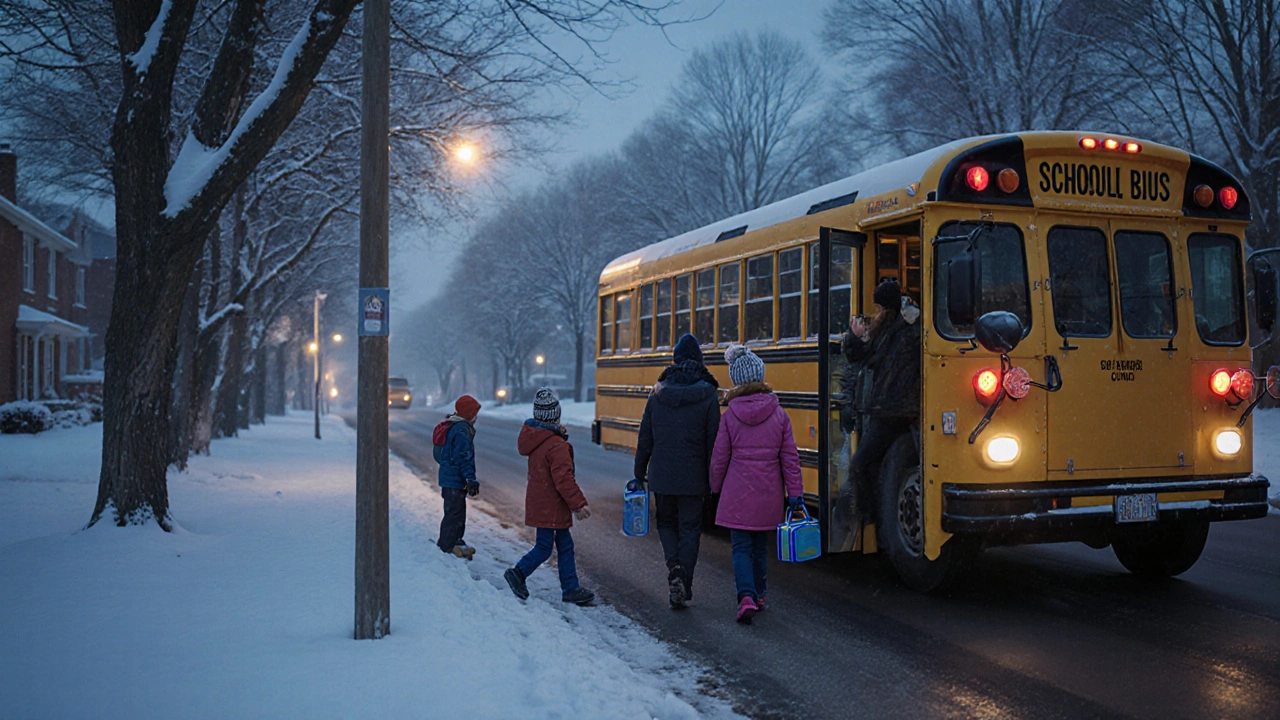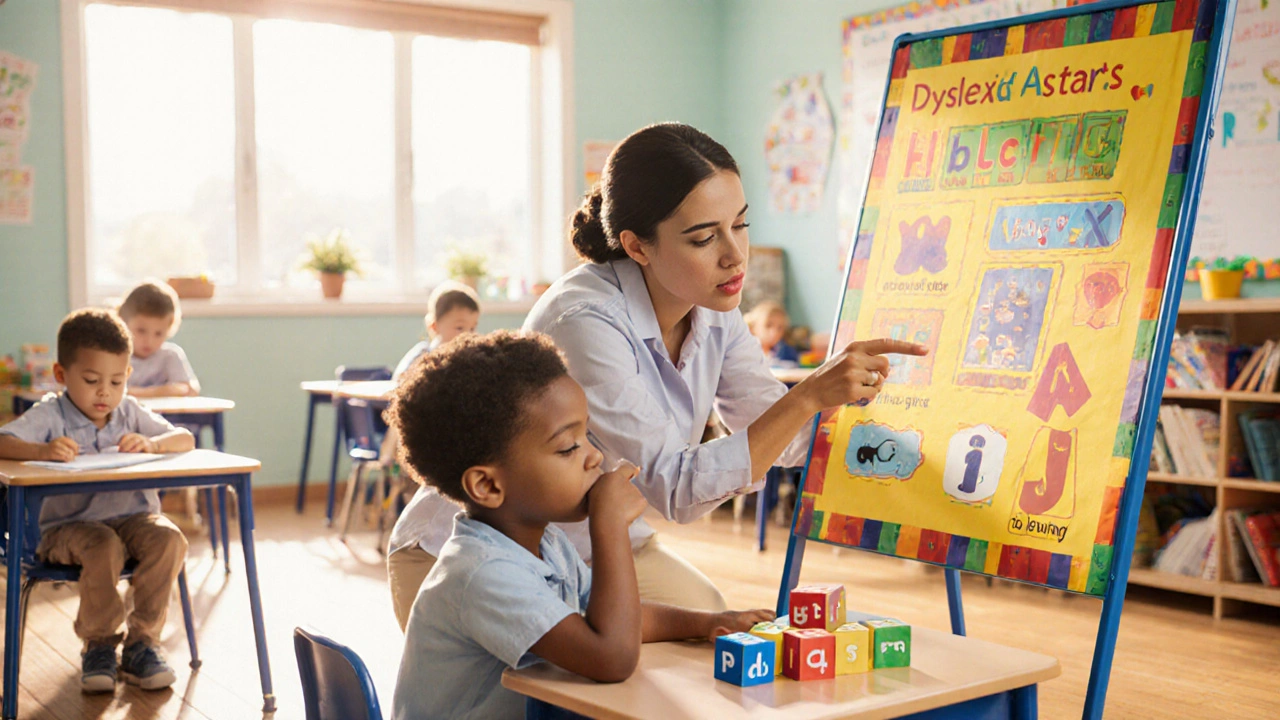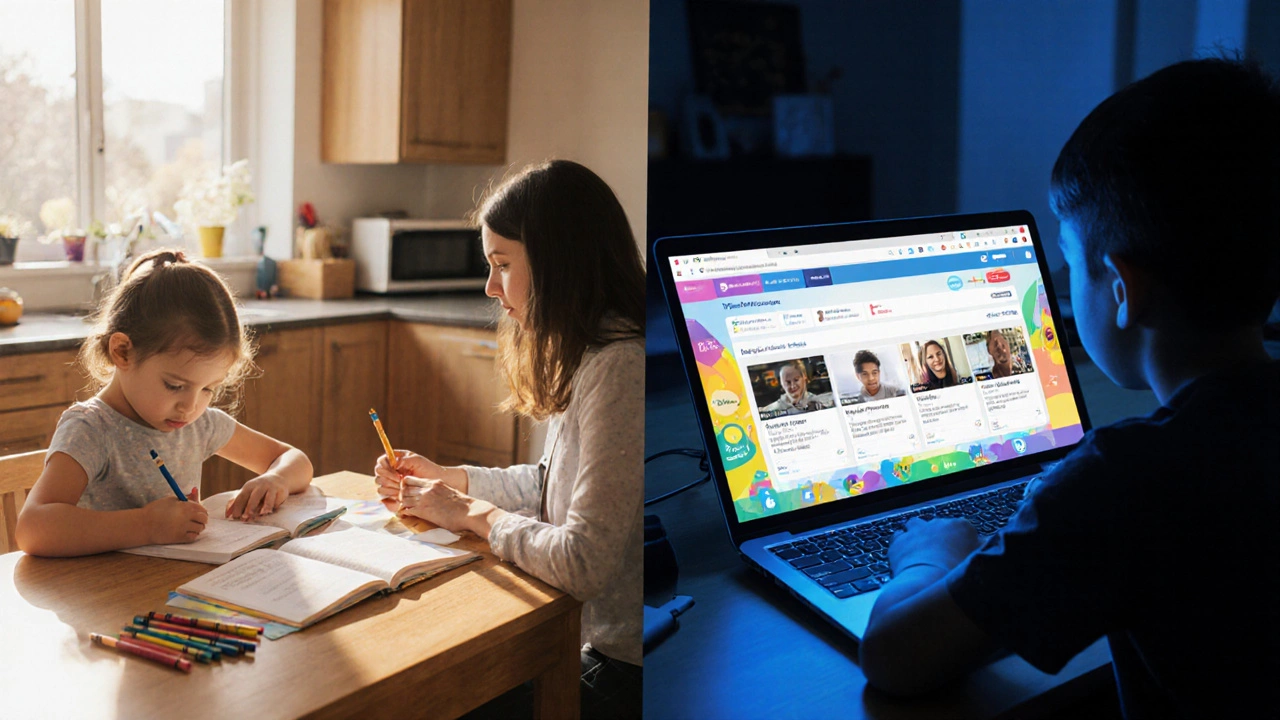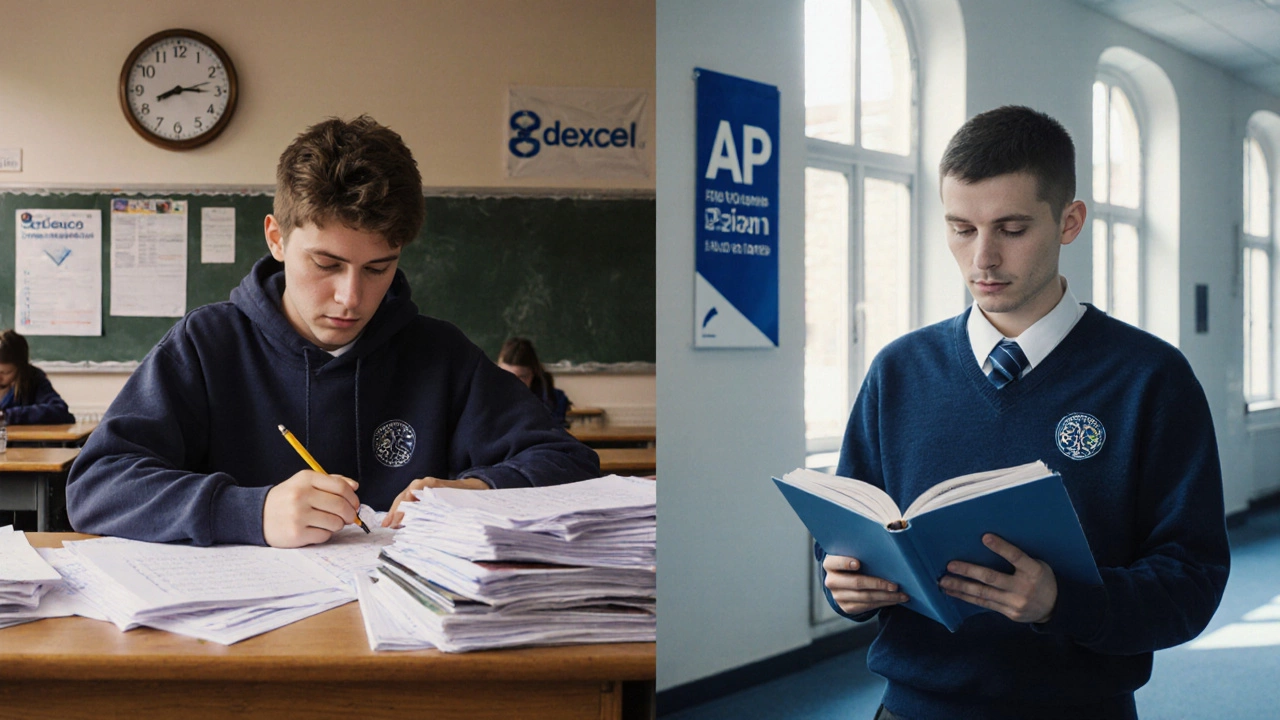PPE Lessons Archive: Safety Education and Learning Strategies from October 2025
When it comes to staying safe in school or at work, PPE, personal protective equipment like helmets, gloves, and safety goggles that prevent injury. Also known as personal protection gear, it’s not optional—it’s the last line of defense when things go wrong. October 2025’s collection on PPE Lessons shows how deeply safety connects to learning. Whether you’re a teacher preparing students for lab work, a manager updating workplace rules, or a parent helping a child with special needs, understanding PPE isn’t just about gear—it’s about culture, training, and knowing who needs what and why.
That same month, several posts dug into how people learn—especially adults. Adult learning, how grown-ups pick up new skills differently than children, based on experience, purpose, and self-direction was a big theme. You’ll find guides on the Four A’s of adult learning—Access, Autonomy, Application, Assessment—and why forcing traditional classroom methods on adults often fails. These aren’t theory-heavy essays. They’re practical checklists for trainers and employers trying to get real results. Meanwhile, A-Levels, UK’s advanced high school qualifications focused on depth in a few subjects kept coming up, compared to U.S. equivalents like AP exams and IB diplomas. People weren’t just asking which is harder—they wanted to know how to present them to colleges, how credits transfer, and why the differences matter for future careers.
And then there’s the human side. One post broke down why dyslexia, the most common learning disability affecting reading and processing shows up so often in classrooms—and how simple adjustments make all the difference. Another looked at whether ADHD, a neurodevelopmental condition often mistaken for a learning disability qualifies for school accommodations. These aren’t abstract debates. They’re daily realities for teachers, parents, and students. The archive also includes tools for memory, study habits, and even the fastest ways to earn a degree—all tied back to real people trying to learn better.
What ties it all together? Safety and learning both demand clarity, consistency, and respect for the person on the other side. Whether you’re putting on a hard hat or helping someone memorize formulas, the goal is the same: keep them safe and help them grow. Below, you’ll find every article from October 2025—no fluff, just direct answers to the questions people are actually asking.

















